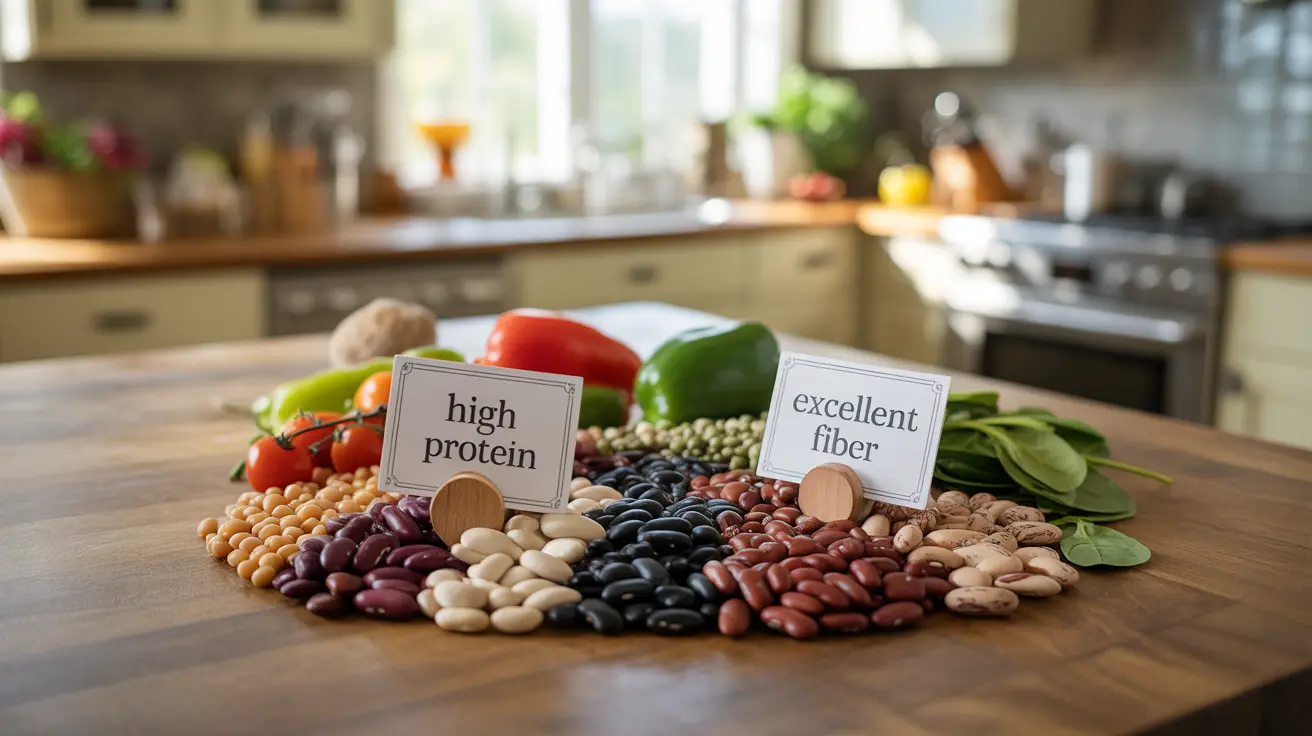Heberden's nodes are hard, bony lumps that develop on the joints closest to the fingertips, medically known as the distal interphalangeal (DIP) joints. These nodes are a characteristic sign of osteoarthritis in the hands and can significantly impact daily activities and quality of life. Understanding their causes, symptoms, and available treatments is crucial for managing this condition effectively.
What Are Heberden's Nodes?
Heberden's nodes represent a structural change in the finger joints resulting from osteoarthritis, the most common form of arthritis. These bony enlargements develop when the cartilage in the joint wears down over time, leading to bone spurs and tissue changes. The condition typically affects both hands, though the nodes may develop at different rates on each finger.
Causes and Risk Factors
Several factors contribute to the development of Heberden's nodes:
- Age (more common in older adults)
- Gender (women are more frequently affected)
- Genetic predisposition
- Previous joint injuries
- Occupational stress on finger joints
- Obesity
Understanding these risk factors can help individuals take preventive measures and seek early treatment when necessary.
Common Symptoms
The development of Heberden's nodes typically involves several characteristic symptoms:
- Pain and tenderness in the affected joints
- Stiffness, especially in the morning
- Reduced range of motion
- Visible bony enlargements
- Potential deformity of the finger joints
These symptoms may develop gradually over time, and their severity can vary significantly among individuals.
Diagnosis Process
Healthcare providers typically diagnose Heberden's nodes through a combination of physical examination and medical imaging. The diagnostic process usually includes:
- Detailed medical history review
- Physical examination of the hands
- X-rays to confirm joint changes
- Assessment of range of motion
- Evaluation of pain levels and functionality
Treatment Approaches
While there's no cure for Heberden's nodes, various treatment options can help manage symptoms and improve hand function:
Medical Treatments
Medical interventions may include:
- Pain-relieving medications
- Anti-inflammatory drugs
- Topical treatments
- Joint injections in some cases
Physical Therapy
Working with a physical therapist can help maintain joint function through:
- Range-of-motion exercises
- Hand strengthening techniques
- Joint protection strategies
- Activity modification training
Lifestyle Management and Prevention
Several lifestyle modifications can help manage symptoms and potentially slow progression:
- Regular gentle exercise
- Maintaining a healthy weight
- Using joint protection techniques
- Avoiding excessive stress on finger joints
- Applying heat or cold therapy as needed
Frequently Asked Questions
What are Heberden's nodes and what causes them to develop on the fingers? Heberden's nodes are bony enlargements that develop on the finger joints closest to the fingertips. They are caused by osteoarthritis, which leads to cartilage breakdown and bone spur formation in the affected joints.
What symptoms are associated with Heberden's nodes and how do they affect hand function? Common symptoms include pain, stiffness, reduced range of motion, and visible bony enlargements. These symptoms can affect daily activities like gripping, writing, and fine motor tasks.
How are Heberden's nodes diagnosed and what tests might a doctor use? Doctors diagnose Heberden's nodes through physical examination, medical history review, and X-rays to confirm joint changes. They may also assess range of motion and functionality of the affected joints.
What treatment options are available to manage pain and improve mobility with Heberden's nodes? Treatment options include pain medications, anti-inflammatory drugs, physical therapy, joint protection techniques, and lifestyle modifications. Some patients may benefit from joint injections or topical treatments.
Can lifestyle changes or physical therapy help prevent or reduce symptoms of Heberden's nodes? Yes, lifestyle changes such as maintaining a healthy weight, regular gentle exercise, and proper joint protection techniques can help manage symptoms. Physical therapy can improve hand function and teach effective coping strategies.




